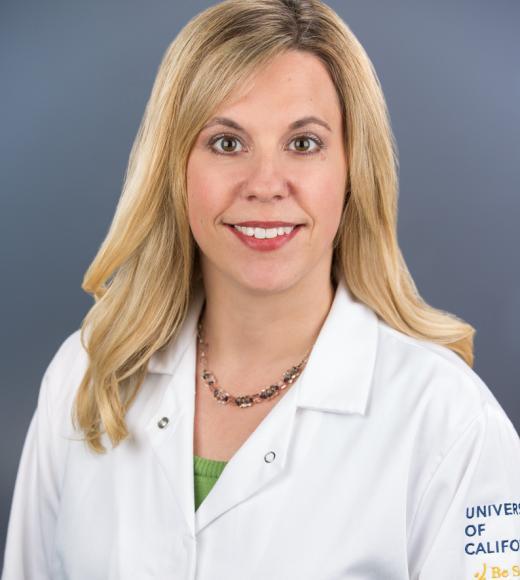
Position Title
Professor
Vice Chair for Research & Administration
- Pharmacology (School of Medicine)
Mechanisms of Cardiac Arrhythmias; Cardiovascular Molecular Imaging
Cardiovascular diseases such as dilated cardiomyopathy, hypertrophic cardiomyopathy, and myocardial infarction can lead to adverse structural and electrical remodeling of the heart, predisposing these patients to dangerous cardiac arrhythmias and sudden cardiac death. Anti-arrhythmic drugs targeted to specific cardiac ion channels have been largely unsuccessful in treating and preventing cardiac arrhythmias. These approaches mainly focus on treating the symptom (arrhythmia) rather than the cause (molecular, structural, and electrical remodeling).
"A picture shows me at a glance what it takes dozens of pages of a book to expound." –Ivan Turgenev, 1862
We think that seeing is believing; thus the major approach used in our lab is to combine multiple imaging modalities across multiple spatial scales to determine factors contributing to cardiac arrhythmias. In vivo molecular and structural imaging combined with ex vivo high-speed, high-resolution functional optical imaging of transmembrane potential and intracellular calcium in isolated hearts is used to systematically characterize individual factors contributing to arrhythmia. Using this integrative approach to better understand the mechanisms of arrhythmia genesis and maintenance in different disease states, we hope to develop novel anti-arrhythmic therapies that target the underlying causes of cardiac arrhythmias.
Accepting students per funding availability.
- Mechanisms of Cardiac Arrhythmias
- Cardiovascular Molecular Imaging